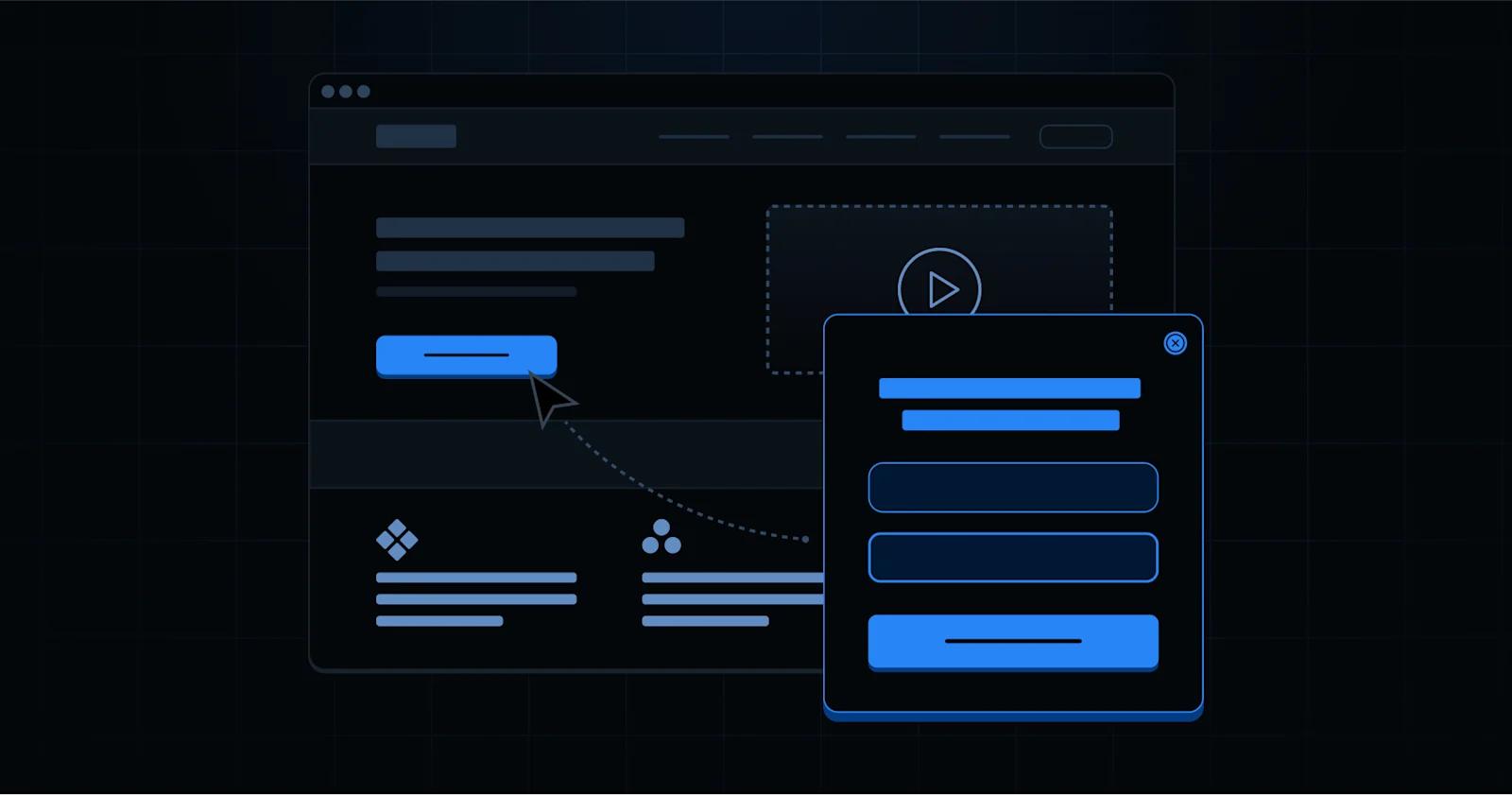Personalized landing pages are transforming web design by creating tailored experiences for each visitor, making them feel uniquely understood and valued. This simple change can significantly boost your conversions, potentially doubling or tripling your results without hefty advertising costs.
In this article, we'll explore effective strategies and best practices for leveraging personalized landing pages to maximize conversion rates. Discover how these pages can enhance your marketing campaigns and help you achieve outstanding results.
Key Takeaways:
- Personalized landing pages have been proven to increase conversions and enhance the effectiveness of marketing campaigns.
- Clear goals, audience understanding, traffic segmentation, and dynamic content are essential strategies for creating effective personalized landing pages.
- Elements such as headlines, images, videos, and CTAs can be personalized to create a more impactful and relevant user experience.
What is a Personalized Landing Page?
A personalized landing page is a standalone web page that is tailored to individual visitors based on their characteristics, preferences, and behavior.
It includes content and elements that are relevant and resonate with the visitor, leading to a more engaging and personalized user experience.
When a visitor arrives on a personalized landing page, they are greeted with content that is specifically designed to meet their needs and interests.This could include personalized headlines, images, and calls-to-action that are based on the visitor's previous interactions with your website.
Personalized landing pages can be used to maximize conversions in various marketing campaigns and scenarios such as a targeted email campaign, social media ads, or optimizing organic search traffic.
The Importance of Personalization in Marketing
Personalization is a key component of successful marketing strategies, with 89% of marketers seeing a positive ROI when using personalization. By personalizing landing pages, businesses can enhance the user experience, connect with their audience on a deeper level and drive conversions.
Landing Page Personalization Use Cases
Landing page personalization can be implemented in various ways to engage and convert visitors. Here are some key use cases:
- Account-Based Marketing (ABM): Personalized landing pages for specific high-value accounts by addressing their unique pain points and needs. Tailored content and messaging can significantly enhance engagement and conversion rates for target accounts.
- Ad Campaigns: Customize landing pages based on the ad a visitor clicked. By aligning the landing page content with the ad message, you can create a seamless experience that increases the chances of conversion.
- Events (Webinars/Workshops, Conferences): Create personalized landing pages for event registrants or attendees. Use personalized messages, event details, and tailored content to enhance the visitor's experience and encourage participation.
These use cases demonstrate the power of personalization in marketing and how it can significantly impact conversion rates and drive more successful marketing campaigns.
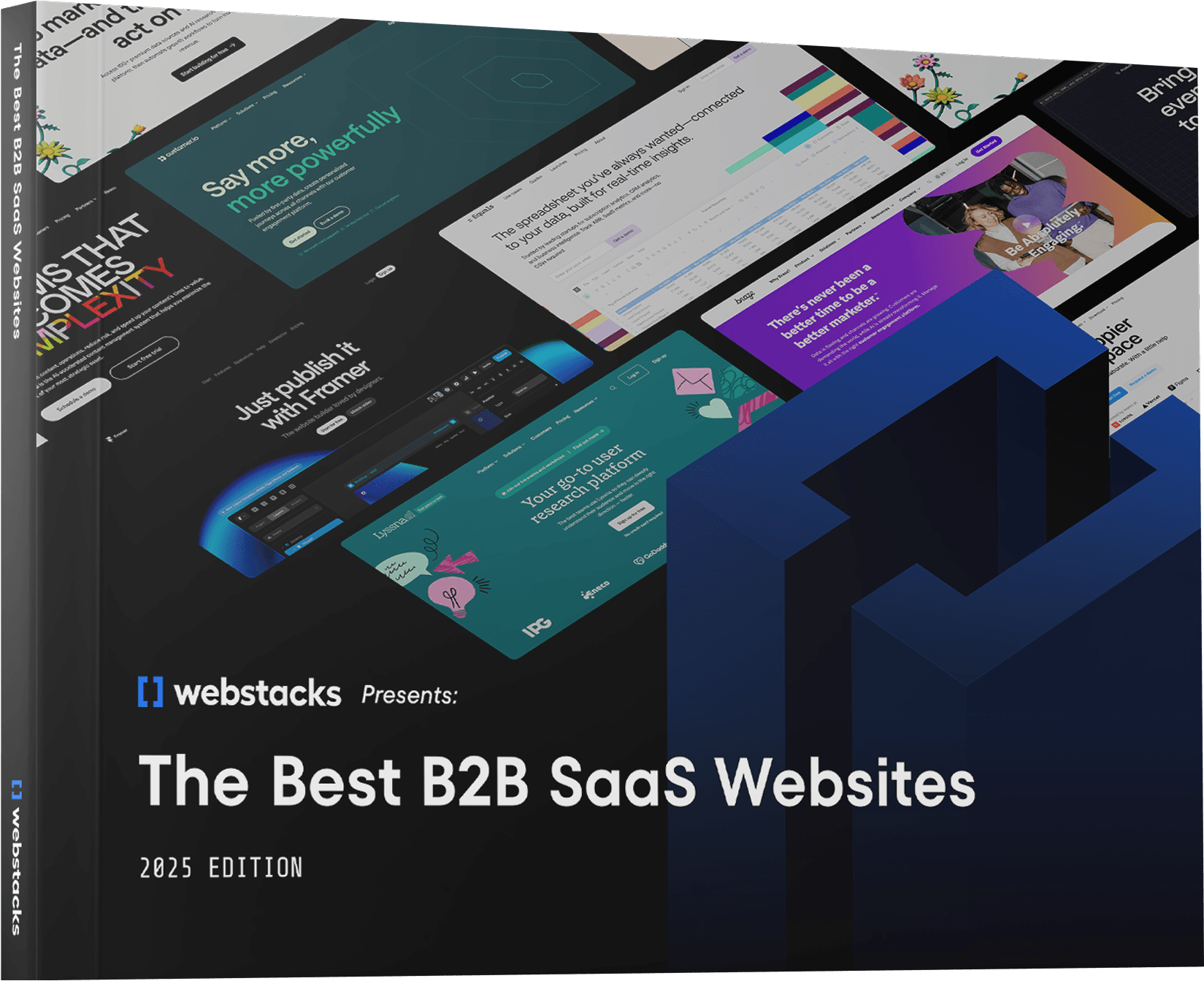
4 Key Strategies for Personalized Landing Pages
Creating effective personalized landing pages requires a strategic approach. Here are four key strategies to maximize their impact and effectiveness:
- Define Your Goal: Determine the specific action you want your audience to take, whether it's signing up for a newsletter, making a purchase, or requesting more information. Align your personalized landing pages with this goal to optimize for conversions.
- Understand Your Audience: Research your audience's demographics, interests, preferences, and pain points. Use these insights to tailor your landing pages to resonate personally with your audience.
- Segment Your Traffic: Divide your audience into specific groups based on their characteristics, behaviors, or preferences. Create personalized landing pages for each segment to deliver highly relevant and targeted content.
- Use Dynamic Content: Incorporate dynamic content that changes based on the user's characteristics or behavior. Customize your landing pages in real time to match the individual preferences of your visitors, enhancing their experience and increasing the likelihood of conversion.
By implementing these strategies, you can create personalized landing pages that effectively engage and convert your audience.
Elements to Personalize on Landing Pages
Maximizing conversions starts with personalization and UX design. Here are key elements to personalize on your landing pages to create a more engaging and tailored user experience:
- 📰 Headlines and Subheadings: Customize headlines and subheadings to speak directly to different audience segments. Address their specific pain points and offer solutions that resonate with them.
- 📷 Images and Videos: Use visual content that aligns with the preferences and interests of different audience segments. For example, target different industries with images and videos relevant to each sector.
- 📞 Calls-to-Action (CTAs): Tailor your CTAs based on user behavior. If a visitor has interacted with a specific product or service, personalize the CTA to offer a related upsell or cross-sell.
- 🔠 Dynamic Text Replacement: Use dynamic text replacement to customize text based on parameters like search keywords, location, or past interactions. This technique creates a personalized experience that speaks directly to individual users.
By personalizing these elements, you can create a more tailored and engaging user experience that boosts conversions.
Best Practices in Designing Personalized Landing Pages
When it comes to creating personalized landing pages, design is a crucial element that can significantly impact their effectiveness.
By following best practices, you can ensure that your personalized landing pages are visually engaging, compelling, and optimized for maximum conversions.
Clear and Compelling Call-to-Actions
One of the key aspects of designing personalized landing pages is creating clear and compelling call-to-actions (CTAs). Personalized CTAs convert 202% better than default versions. Your CTAs should be prominently displayed and entice users to take the desired action.
Here are some best practices for creating effective CTAs:
- Use action-oriented language that encourages immediate action, such as "Get Started," "Download Now," or "Sign Up Today."
- Make your CTAs visually appealing by using contrasting colors and eye-catching design elements.
- Ensure that your CTAs are placed in strategic locations on the landing page, such as above the fold or at the end of a persuasive section.
- Consider using personalized CTAs that resonate with specific audience segments, based on their preferences or behavior.
Consistent Branding and Design
Consistency in branding and design is essential for creating a cohesive and memorable user experience.
When designing personalized landing pages, it's important to use a brand style guide to maintain consistency across all elements. Here are some best practices:
- Use your brand's colors, fonts, and imagery consistently throughout the landing page.
- Incorporate your brand's logo and tagline in a prominent and visually appealing way.
- Ensure that the overall design of the landing page aligns with your brand's aesthetic and values.
- Maintain a clean and organized layout that makes it easy for users to navigate and understand the content.
Optimizing for Mobile Users
Websites that are optimized for mobile attract 15% more unique clicks. With the increasing use of mobile devices, it's crucial to optimize your personalized landing pages for mobile users. Here are some best practices for mobile optimization:
- Make sure that your landing pages are responsive and adapt seamlessly to different screen sizes.
- Keep the content concise and focused, avoiding excessive scrolling or complex interactions.
- Optimize load times by compressing images and minimizing the use of large media files.
- Use large and easily clickable buttons or elements to facilitate touch interactions on smaller screens.
By following these best practices in designing personalized landing pages, you can create engaging, visually appealing, and optimized experiences that drive conversions and ultimately contribute to the success of your marketing campaigns.
Measuring the Success of Your Personalized Landing Pages
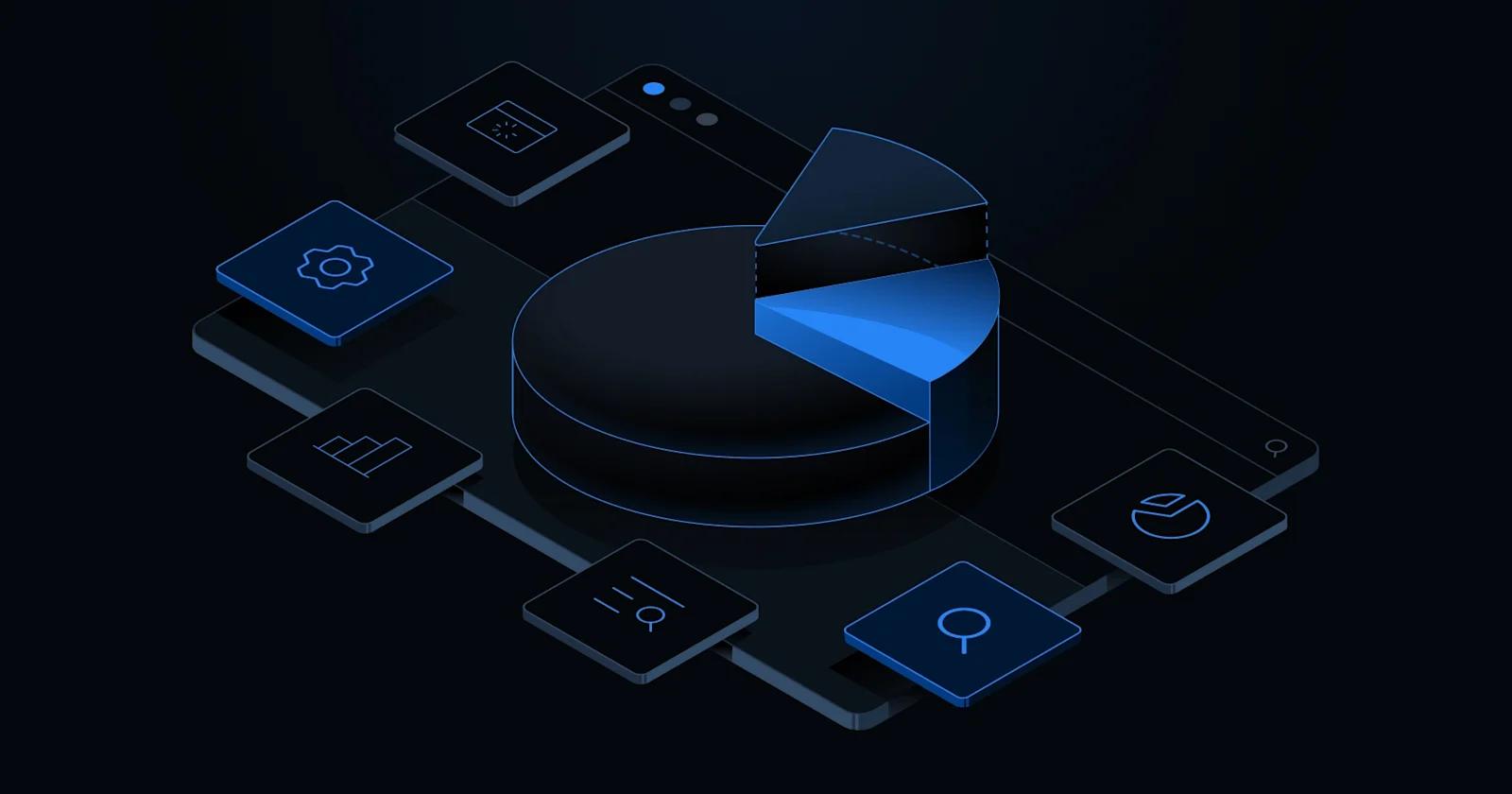
B2B Website Metrics You Need to Be Tracking in 2024
To get the most out of your personalized landing pages, it's essential to measure their success and make data-driven improvements. Track key metrics and conduct A/B testing to optimize performance and achieve better results.
Key Metrics to Track
When measuring the success of your personalized landing pages, there are several key metrics that you should track:
- Conversion Rate: Measure the percentage of visitors who take the desired action on your landing page, such as making a purchase, filling out a form, or subscribing to a newsletter. This metric indicates how well your landing page is converting visitors into customers or leads.
- Bounce Rate: Monitor the percentage of visitors who leave your landing page without taking any action. A high bounce rate could indicate that your page is not engaging or relevant enough to your target audience.
- Time on Page: Measure the average amount of time visitors spend on your landing page. A longer time on page indicates that visitors are engaged and finding value in your content.
- Click-Through Rate (CTR): Track the percentage of visitors who click on any call-to-action or interactive element on your landing page. A higher CTR indicates that your page is effectively capturing and directing visitor attention.
- Return on Investment (ROI): Calculate the monetary value generated by your personalized landing pages compared to the investment you have made in creating and optimizing them. This metric helps determine the financial impact of your landing page campaigns.
A/B Testing Your Landing Pages
A/B testing is a powerful technique for optimizing the performance of your personalized landing pages. Large enterprises such as Bing were able to increase its revenue per search by 10-25% thanks to A/B testing.
By creating multiple variants of your landing page and testing them against each other, you can identify the elements and strategies that yield better results.
Here's how you can conduct A/B testing for your landing pages:
- Identify the element you want to test: It could be the headline, call-to-action, imagery, or any other component of your landing page.
- Create multiple variants of your landing page: Make a single change to the element you identified and create different versions of your landing page with that change.
- Split your traffic: Divide your website visitors into different groups and direct each group to a different version of your landing page, ensuring that the distribution is random and balanced.
- Track the performance: Monitor the key metrics mentioned earlier for each version of your landing page to determine which variant performs better.
- Optimize and iterate: Based on the results, choose the winning variant and incorporate the successful element into your main landing page. Additionally, continue testing and refining other elements to further improve your conversions.
Best Tools for Creating Personalized Landing Pages
When it comes to creating personalized landing pages, having the right tools can make all the difference. Fortunately, there are several great options available that can streamline the process and help you deliver exceptional results.
Here is an overview of some of the best tools for creating personalized landing pages:
Mutiny
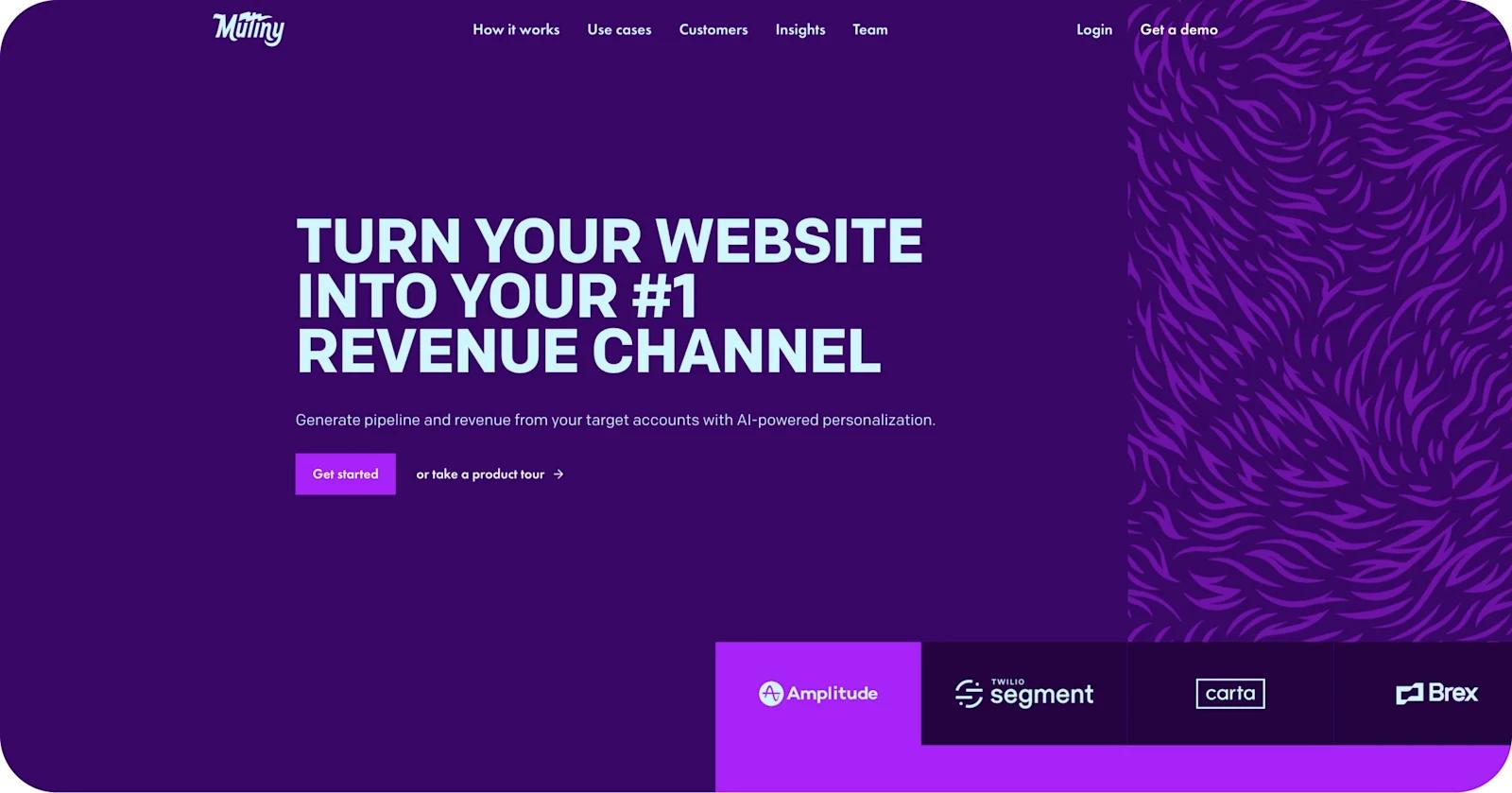
mutiny-homepage-lp
Mutiny Features:
- Personalization based on visitor behavior and intent
- Advanced analytics and A/B testing capabilities
Benefits of Mutiny:
- Deliver personalized experiences that drive conversions
- Optimize campaigns for maximum impact
Optimizely
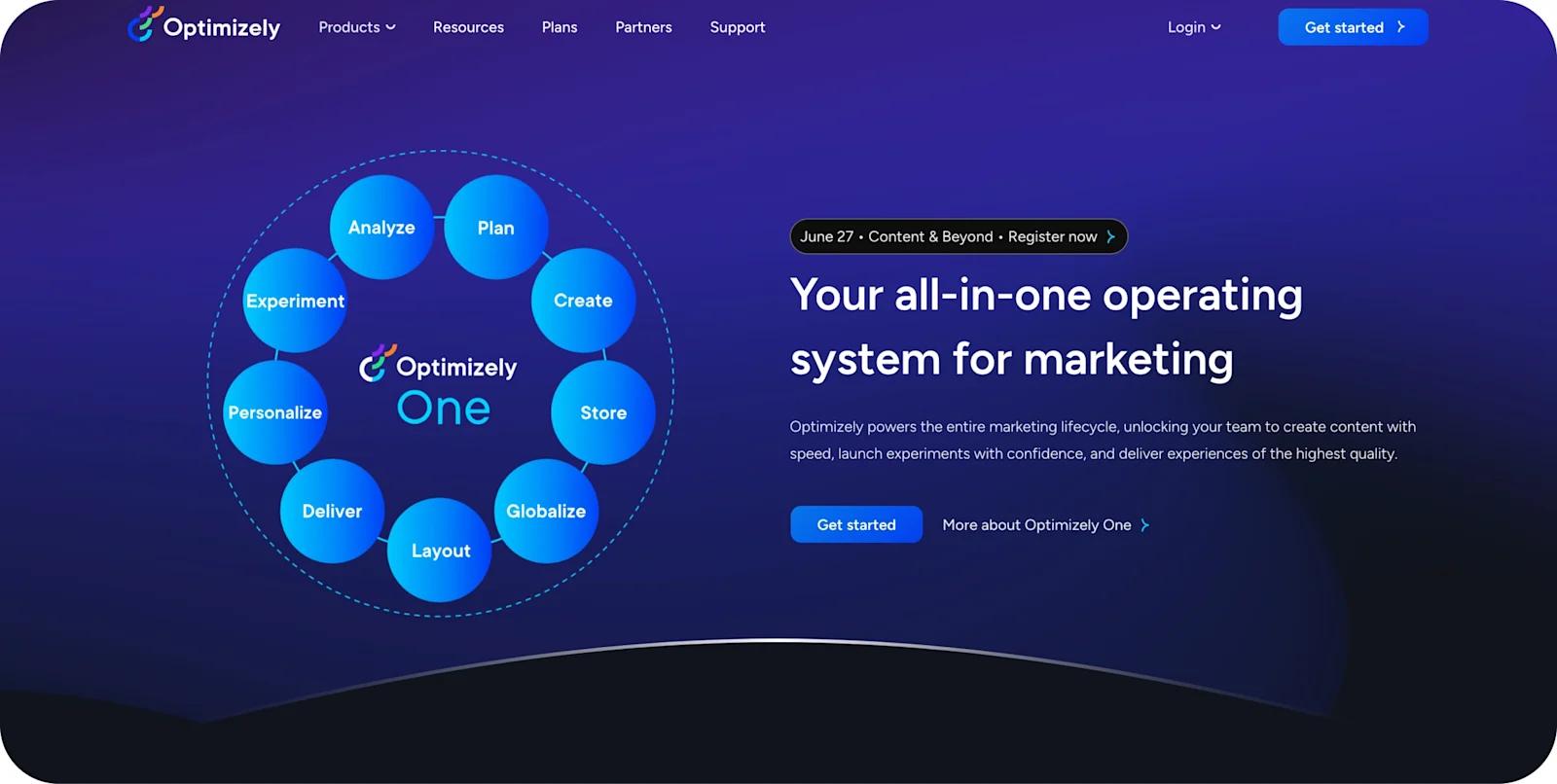
optimizely-homepage-lp
Optimizely Features:
- Visual editor and targeting options
- Robust analytics and reporting features
Benefits of Optimizely:
- Seamless implementation with marketer-friendly design tools
- Gain new insights into audience behavior
HubSpot
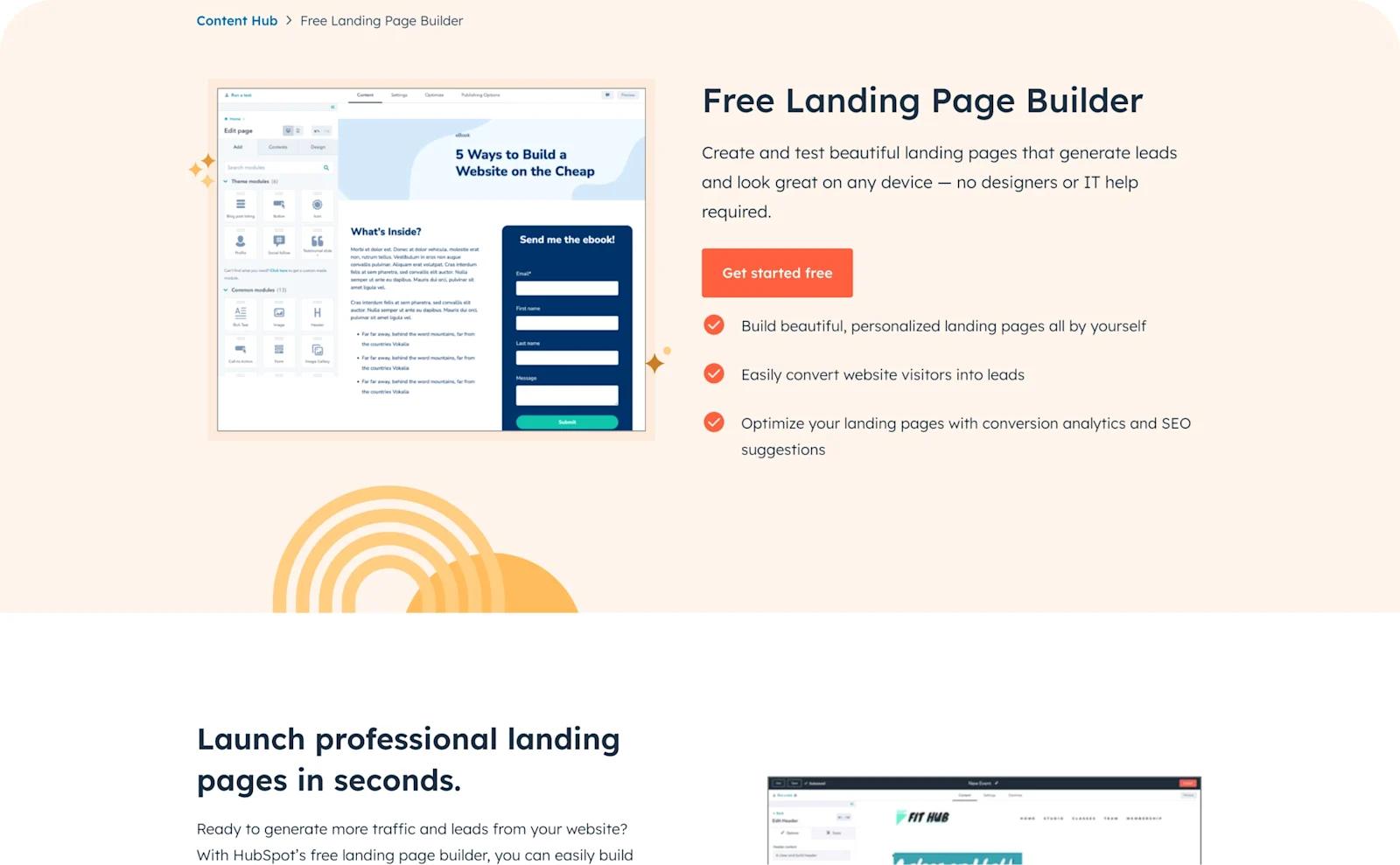
hubspot-landing-pages
HubSpot Features:
- Drag-and-drop editor and powerful personalization features
- Integration with other marketing tools
Benefits of HubSpot:
- Customize landing pages for specific customer segments
- Integration with HubSpot's CRM tools
Unbounce
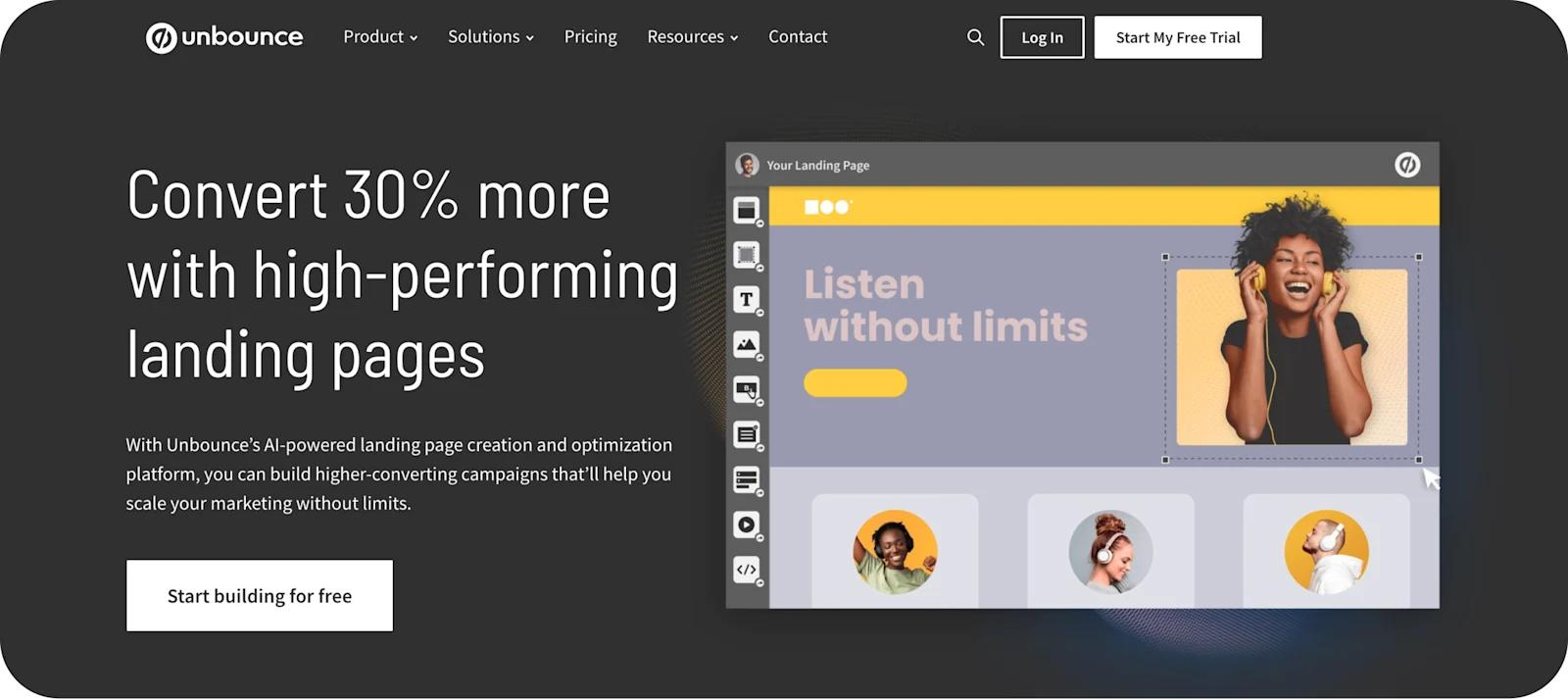
unbounce-homepage
Unbounce Features:
- A/B testing and AI optimization
- Industry-optimized templates
Benefits of Unbounce:
- Create high-converting landing pages without coding
- Tackle PPC, social, email, and lead gen in one platform
Instapage
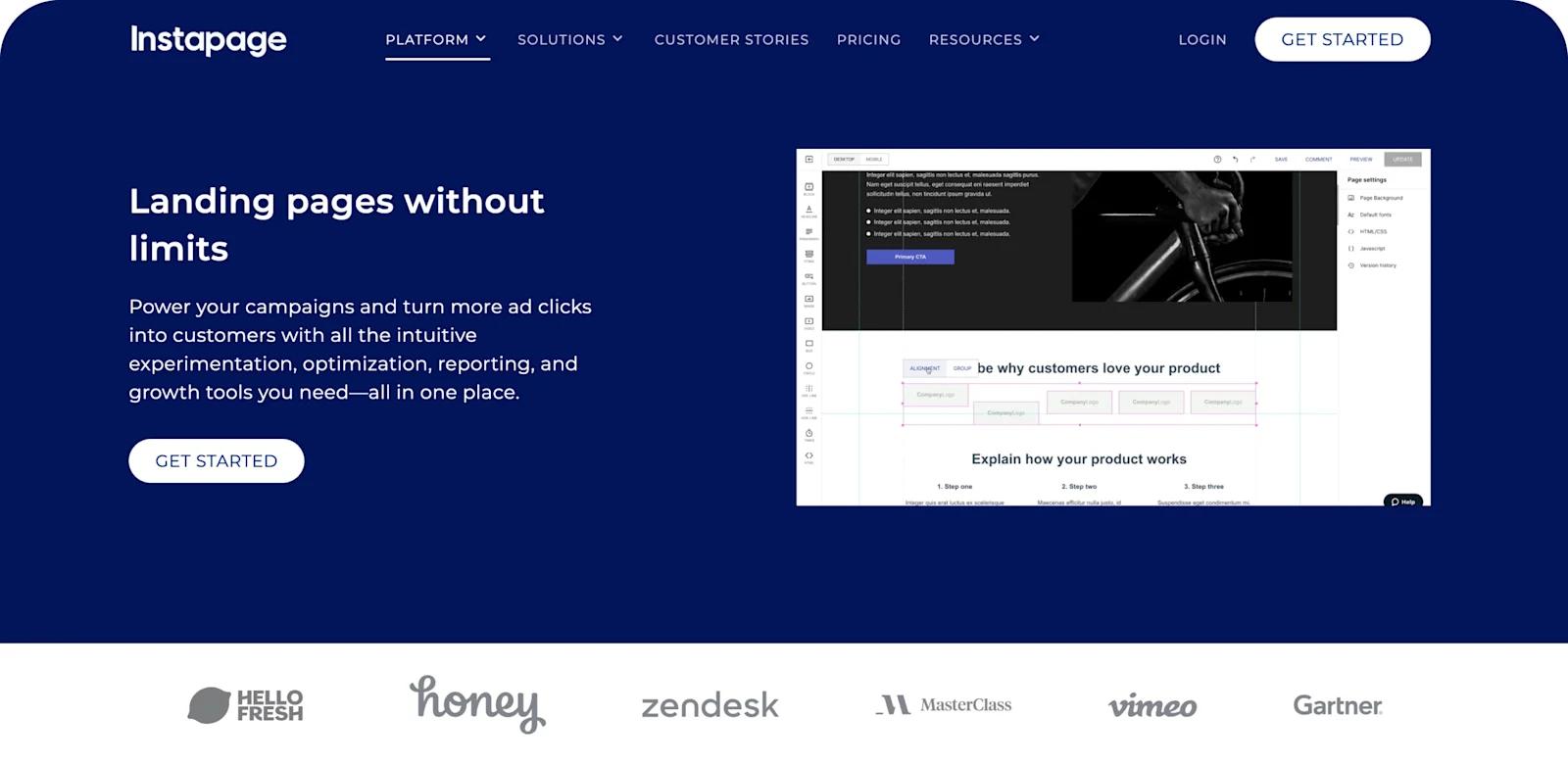
instapage-homepage
Instapage Features:
- Intuitive drag-and-drop editor with visual collaboration
- Data-backed insights from A/B testing, on-page behavior analytics, and reporting metrics.
Benefits of Instapage:
- Faster speed to market with AI content generation
- Centralize campaigns and measure impact

Ready to Personalize Your Landing Pages?
The implementation of personalized landing pages allows you to create a more engaging and relevant user experience, increasing the likelihood of conversion for your marketing campaigns.
By tailoring your content and elements to match the characteristics and preferences of your audience, you can effectively connect with them on a deeper level.
Here at Webstacks, we help tech leaders level up their online presence through next-gen solutions for SaaS website design. If you want to learn more about how we can implement personalized landing pages for your website, feel free to reach out to us!

